Fierce fighting in Bakhmut
Fierce fighting continues in the Bakhmut direction. Russian forces managed to capture Ozaryanovka and Maiorsk – first information about Ozaryanovka appeared in the pro-Russian military Telegram channels, then a video of dropping grenades using a copter on the positions of the Russian military was published, CIT draws attention. Military analysts Def Mon and Deepstate marked Ozaryanovka on the maps as a territory captured by the Russian Federation.
The fierce fighting near Bakhmut was also reported by The Telegraph and The New York Times . Publications compare the fighting in this area with the First World War and one of the largest battles – the Battle of Passchendaele, when the battle was fought in marshy terrain, and the trenches were flooded with water and mud. The Telegraph also published photographs of conditions on the Western Front during World War I (left) and on the battlefield near Bakhmut now (right).

Now, according to residents and Ukrainian soldiers, the shelling of Bakhmut and its environs is proceeding with unprecedented intensity. Ukraine has sent reinforcements to Bakhmut in recent days, including special forces and less trained territorial defense fighters, according to soldiers, local residents and a US Defense Department spokesman. The Russians continue to throw in the Ukrainian trenches detachments of the Wagner group, they are supported by a new transfer of Russian private forces redeployed from the Kherson Front.
In the summer, after Russian troops captured the neighboring Lugansk region, the capture of Bakhmut might have seemed like a natural continuation of the Russian campaign to conquer the east – a step towards two more important cities, Slavyansk and Kramatorsk. But now, analysts say, given the degradation of Russian forces and the lack of ammunition after a series of setbacks, this goal seems unattainable, especially after the loss of their foothold in the northeast. Russia's strategy in Bakhmut is reminiscent of the capture of the eastern cities of Severodonetsk and Lisichansk in June, the NYT notes. There, Russian troops relied on superior artillery fire to overpower Ukrainian forces and gain a foothold.
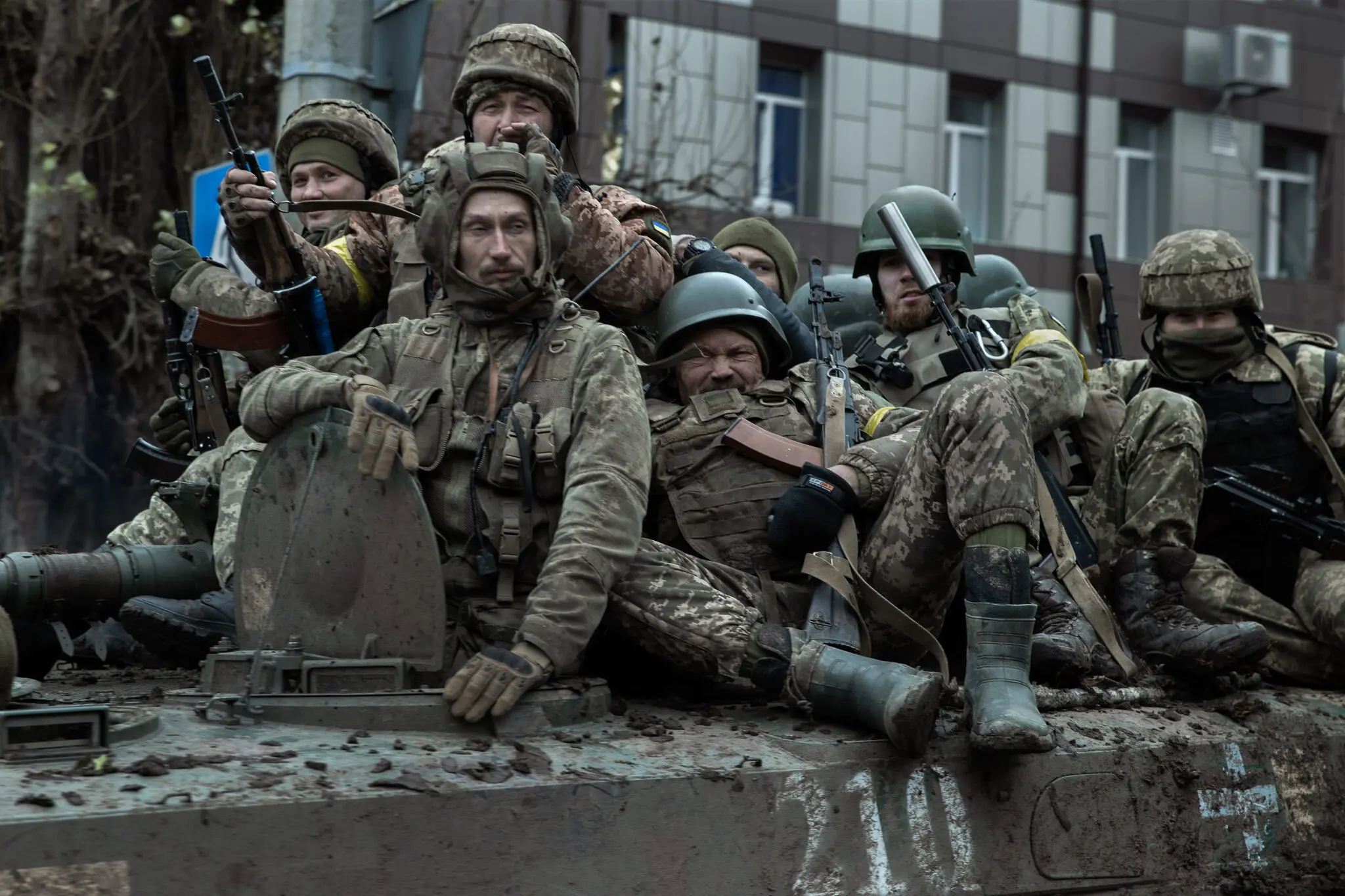




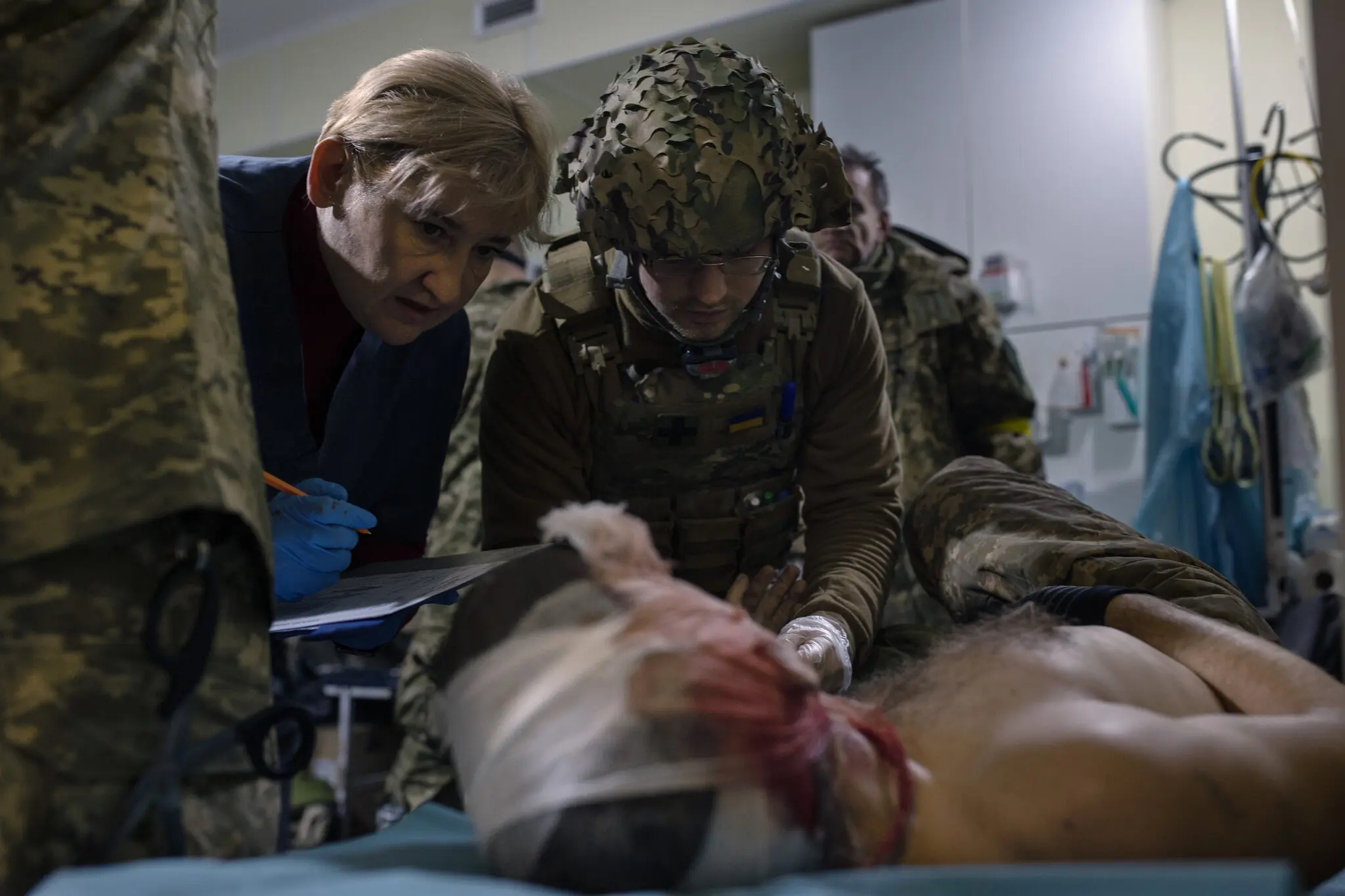
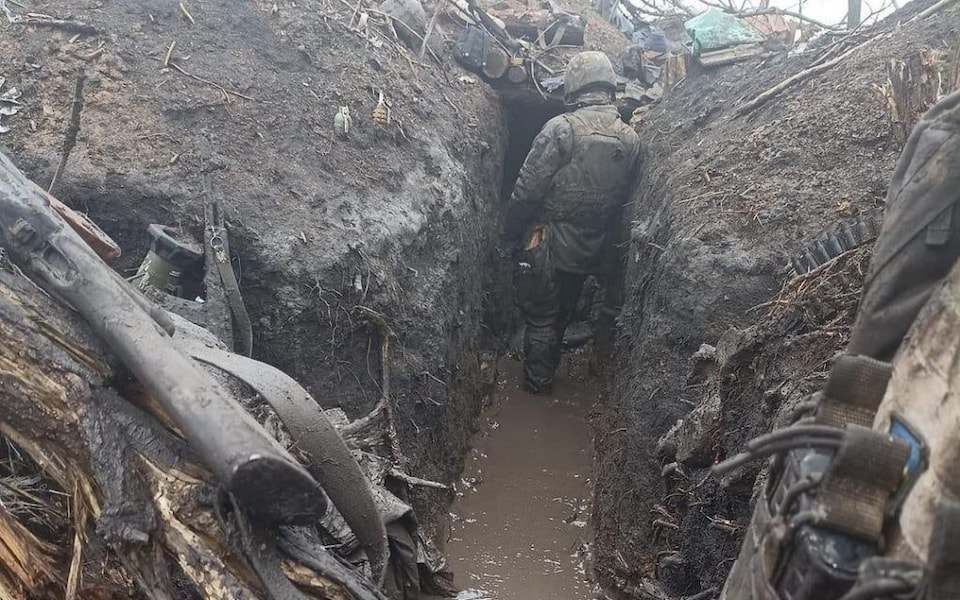
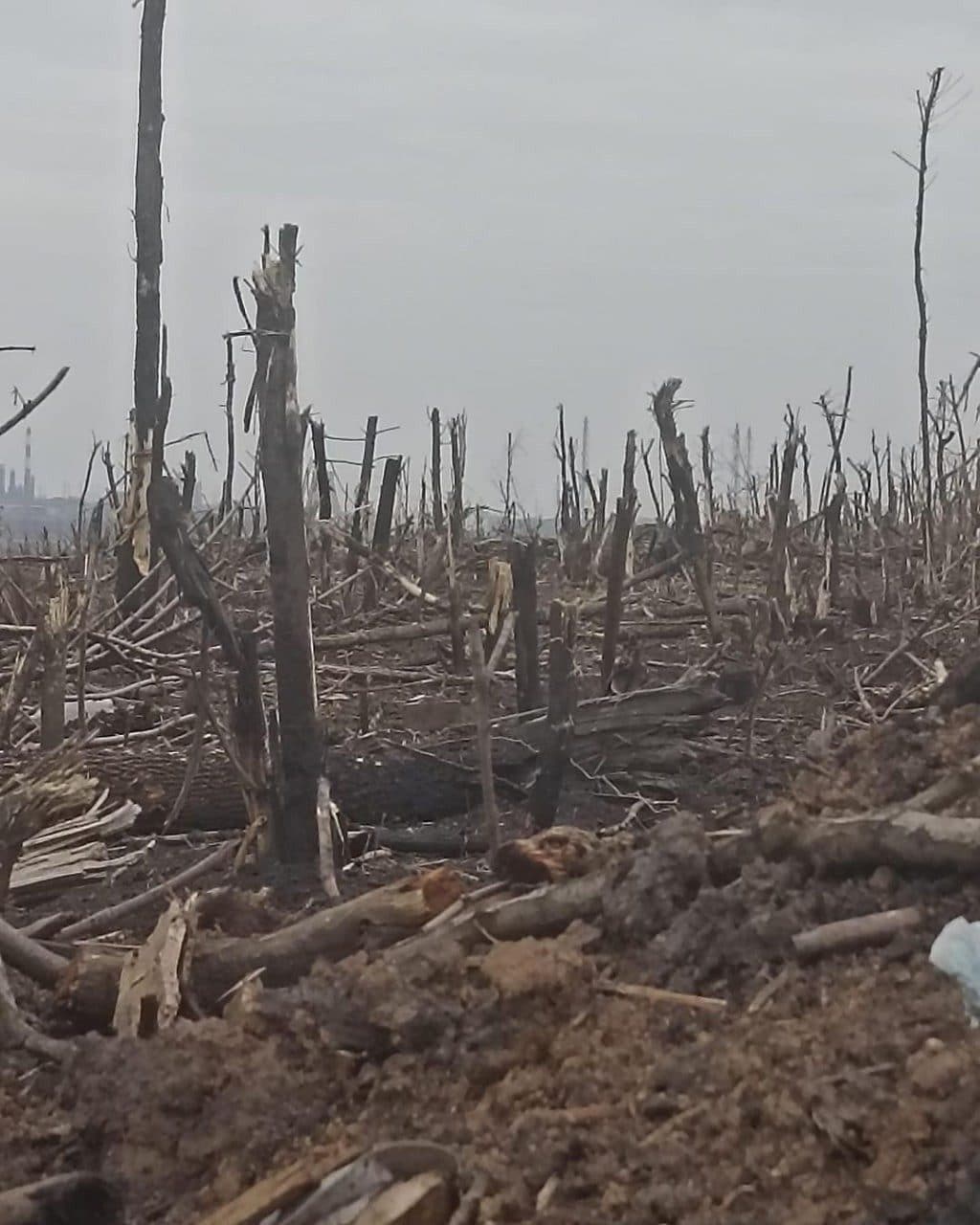
As military expert Sergei Grabsky explained to The Insider, now Russian troops are trying to bypass Bakhmut from the south and north and use Ukrainian tactics to squeeze Ukrainian units out of the city.
“And such tactics make sense, because Bakhmut is an important center of communications and resistance, two directions are unfolding from it: to Slavyansk and Kramatorsk, and the second to Konstantinovka, which is a railway line. Serious tension is growing there, and I assume that additional contingents of troops have been redeployed there and the enemy, regardless of losses, is trying to achieve at least some kind of victory in the last jump, envisaging that in this way they will enter the operational space, not realizing that his will not be there.
There, the defense lines were created over 8 years, that is, by occupying Bakhmut, they think they will gain access to the operational space, but I have big doubts about this, because there are intermediate positions, where there are elevation changes and so on. The Ukrainian troops will hold the line, but the situation in Bakhmut can aggravate the situation with Avdiivka – there is not directly, but the supply is complicated, and after the capture of Bakhmut they can gain a foothold there and send part of their forces to bypass Avdiivka, and Avdiivka is a critical point, because from there Ukraine hits Donetsk. This can trigger a domino effect when the situation gets worse. It will not give a strong change, but here, in my opinion, the question is to show at least some success.
Russian ship carrying Kalibr cruise missiles appeared in the Black Sea
For the first time in a long time, a Russian warship was seen in the Black Sea, as Natalya Gumenyuk , spokesman for the Yug Operational Command of the Armed Forces, said it carries eight Kalibr missiles on board. According to her, this may indicate the preparation of new strikes by the RF Armed Forces against Ukraine. She also noted that equipped missile carriers are located at the bases of the Russian Federation, which can be raised within a few hours.
As The Insider previously reported , Russian ships in Sevastopol have not put to sea since the end of October. Activity decreased after the Ukrainian Armed Forces attacked the port of Sevastopol on October 20 with the help of 6-8 unmanned surface vehicles. GeoConfirmed experts analyzed photos and videos of eyewitnesses and concluded that they attacked the frigates Admiral Grigorovich and Admiral Makarov, and also damaged the minesweeper Ivan Golubets.
The Institute for the Study of War published a map of the fortifications of the Russian Federation on the left bank of the Dnieper
Most of the Russian military's field fortifications are located on the contact lines and are mostly perpendicular to the roads, the Institute for the Study of War (ISW) reports in a regular report. The Russian military is aware that Ukrainian forces can cross the Dnieper River and conduct counter-offensive operations in the eastern part of the Kherson region, possibly threatening all critical land communications from Crimea to the Ukrainian mainland.
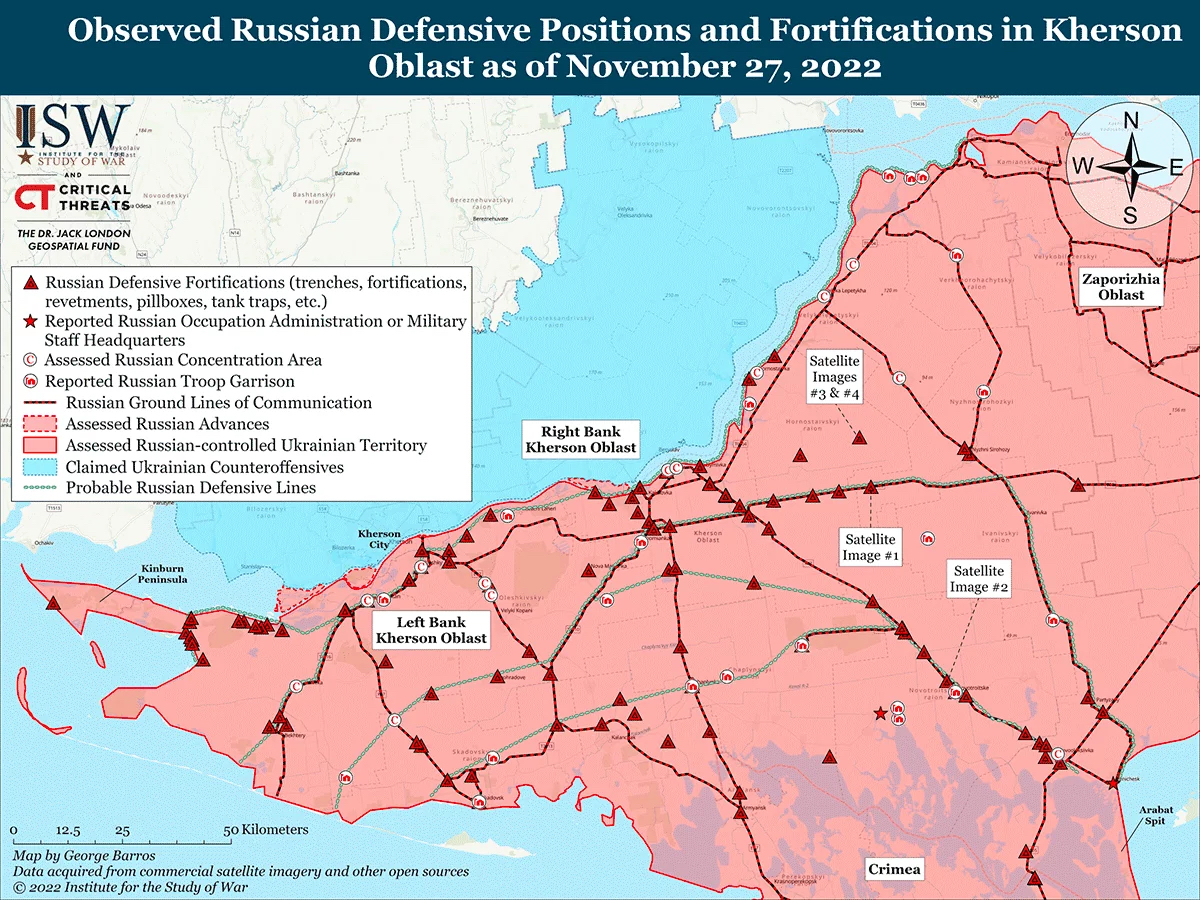
The efforts of the Russians to prepare extensive defensive positions in the east of the Kherson region, whether well or poorly implemented, highlight the critical importance of this area for the future course of the war.
The Russian military have been digging trenches and concentration areas in the east of Kherson since the beginning of October 2022, already then preparing for a retreat from the right bank of the Dnieper. On November 5, OSINT analyst Benjamin Pitte reported that the Russian command was preparing to withdraw troops from the left bank of the Dnieper and, accordingly, to leave Kherson. He analyzed satellite images and concluded that the Russian military had built three lines of trenches and bunkers on the right bank of the Dnieper. These defensive positions use natural and artificial barriers such as the Dnieper River and numerous canals in the Kherson region. Trenches are being built even on the Black Sea coast.
Most of the positions on the left bank of the Dnieper are two rows of trenches and places for equipment. The most impressive defensive positions of the Russian military were equipped 18 kilometers from the Dnieper – they consist of three different defensive lines and a canal.

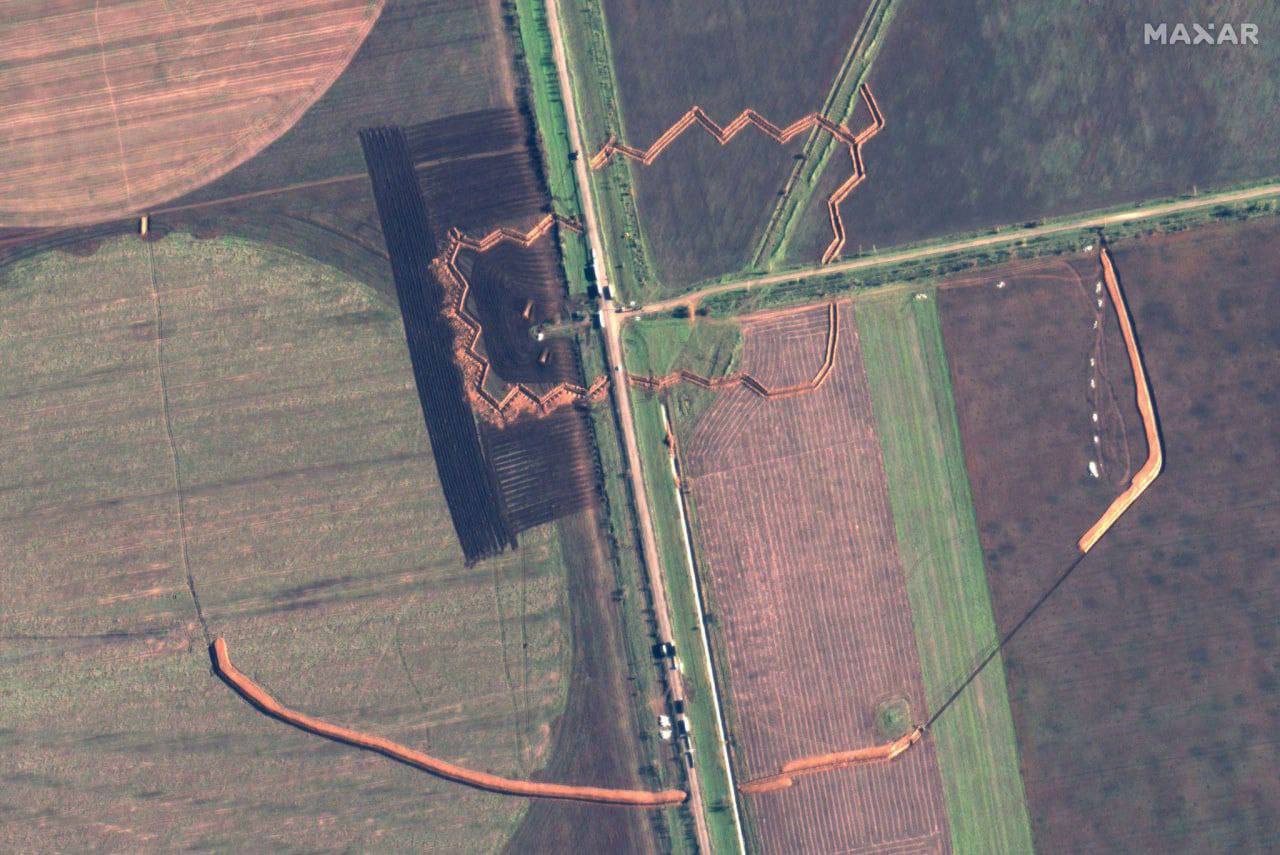
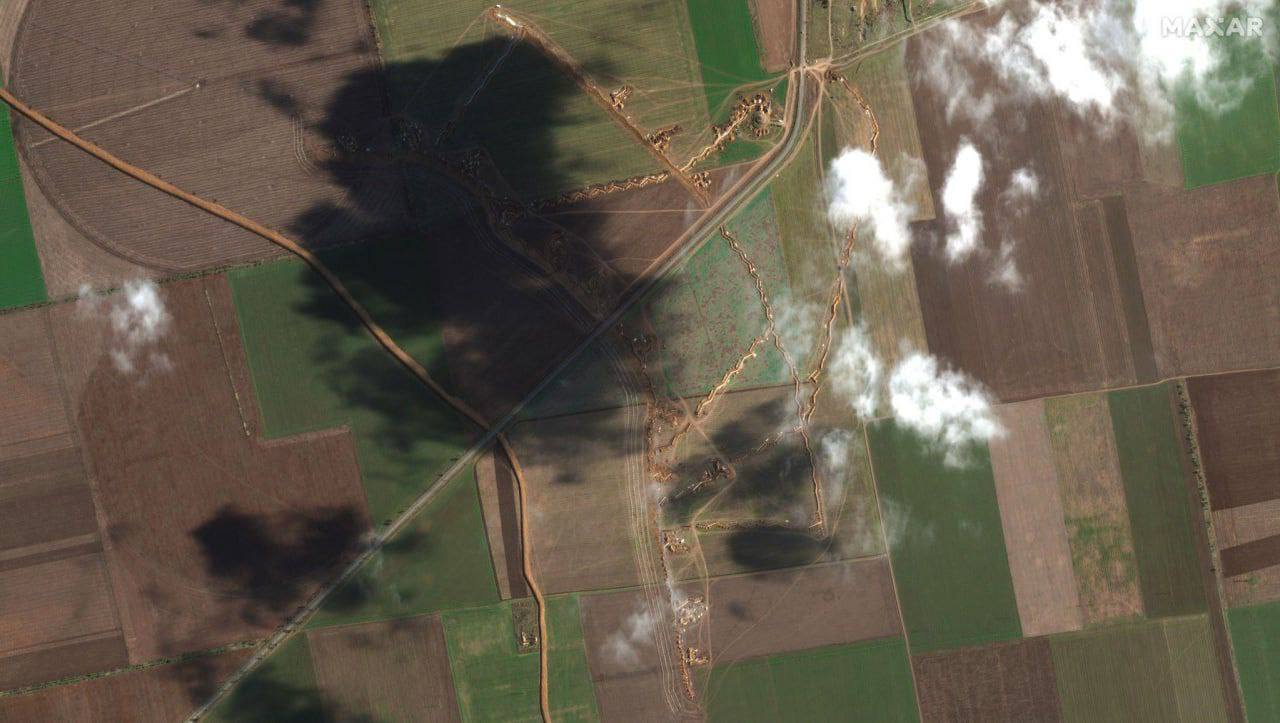
Russia transferred a large echelon with military equipment to Belarus
Russia has sent a large echelon of military equipment to Belarus. According to the project of journalist Anatoly Motolko "Belarusian Gayun", which analyzes the movement of Russian equipment and the actions of the Russian Federation in Belarus, the echelon has at least 15 Tor-M2 air defense systems and 10 units of engineering equipment.
The echelon departed from the Yeysk station (Krasnodar Territory, Russia) on November 25. Today, November 28, at 10:00 am, he was spotted at the Orsha-Centralny station (Orsha, Vitebsk region). The final point of this echelon is the Lyasnaya railway station (Baranovichi district, Brest region). Most likely, this is not the last move of the Tor-M2 air defense system to the territory of Belarus, writes Belarus Gayun.
Oryx calculated the number of abandoned Russian equipment that Ukraine got from photos and videos
Ukrainian Forbes analyst Volodymyr Datsenko compiled an infographic based on the data collected by the Oryx project about Russian equipment “captured” by Ukraine. Oryx estimated that the Ukrainian military managed to capture at least 2,000 heavy weapons. The total value of the spoils of war is almost $2 billion, excluding light weapons and ammunition. Analysts in the calculations take into account only what they saw in the photo and video, in reality captured, most likely, more.
As reported by the Ukrainian Forbes, Russia's direct military spending for 9 months of the war is about 82 billion dollars. This estimate includes the direct costs required to support military operations. The estimate does not include other defense spending or economic losses, Datsenko writes . In 2021, Russian budget revenues amounted to about $345 billion (21,246.5 billion rubles). That is, the Russian Federation has already spent a quarter of last year's income on the war against Ukraine.
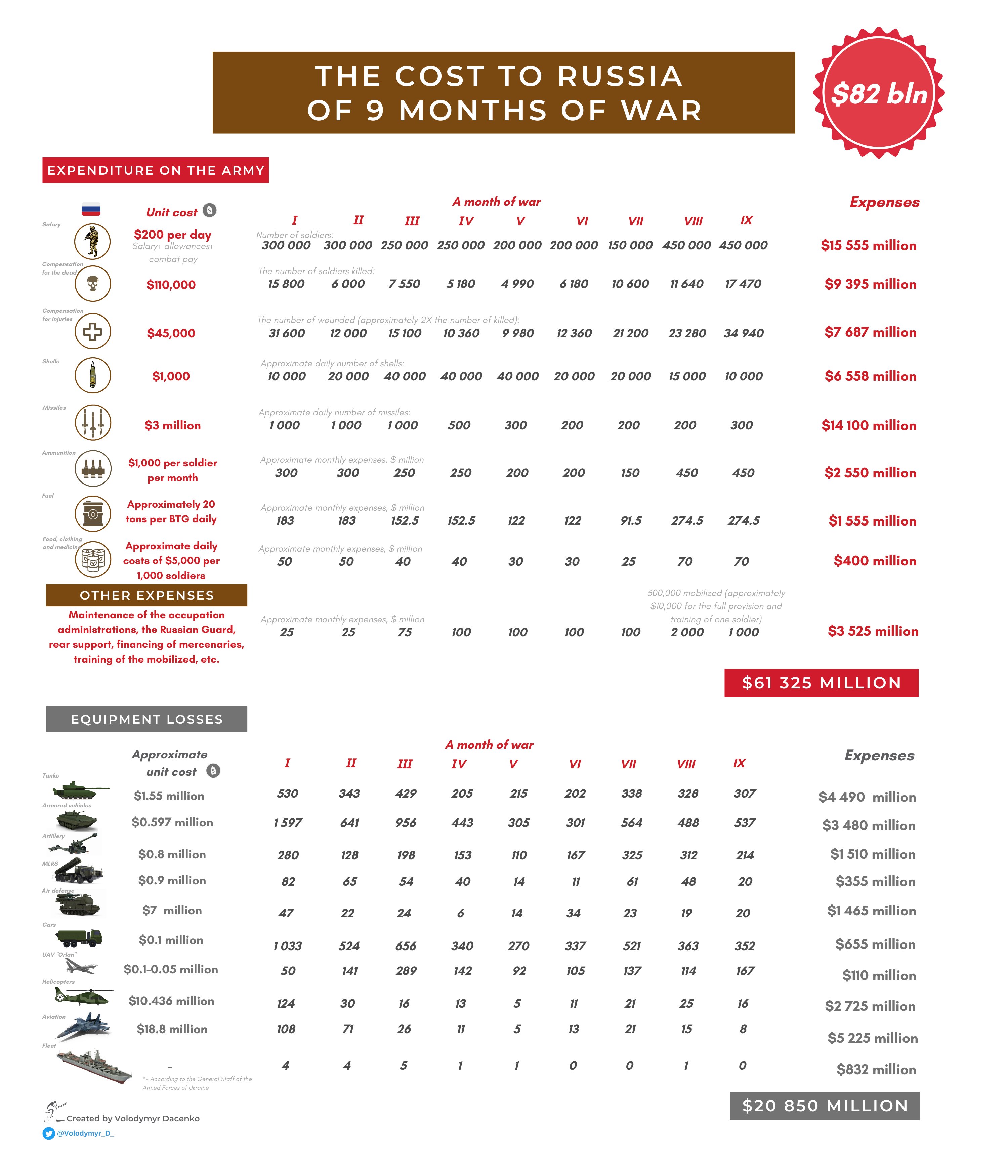
On November 28, Ukrainian Defense Minister Oleksiy Reznikov said that over the past nine months, Russia has launched more than 16,000 missile strikes on Ukraine. 97% of the targets were civilian objects.
The Pentagon may supply Ukraine with long-range systems GLSDB
The Pentagon is considering an offer from Boeing to supply Ukraine with GLSDB (Ground-Launched Small Diameter Bomb) systems installed on existing missiles, Reuters reports . GLSDB are capable of hitting targets at a distance of up to 150 kilometers. If the deliveries are agreed, then GLSDB will be delivered to Ukraine in the spring of 2023.
“In short, an American GBU-39 high-precision bomb (aka SDB) is taken and placed on the rocket part of a conventional, unguided M26 rocket from the M270 / HIMARS,” explains Kirill Mikhailov, ex-analyst of the Conflict Intelligence Team. – It is launched by the same American MLRS, the rocket part gives the bomb an initial speed, apparently comparable to an air launch. As a result, the GLSDB flies farther than the GMLRS guided missiles (150 versus 85 km), the mass of the warhead is about the same (slightly less than 100 kg), it costs less ($40,000 the bomb itself + some for the missile part and "work" versus $160 000 for GMLRS). Accuracy should not suffer much, up to 1 meter.

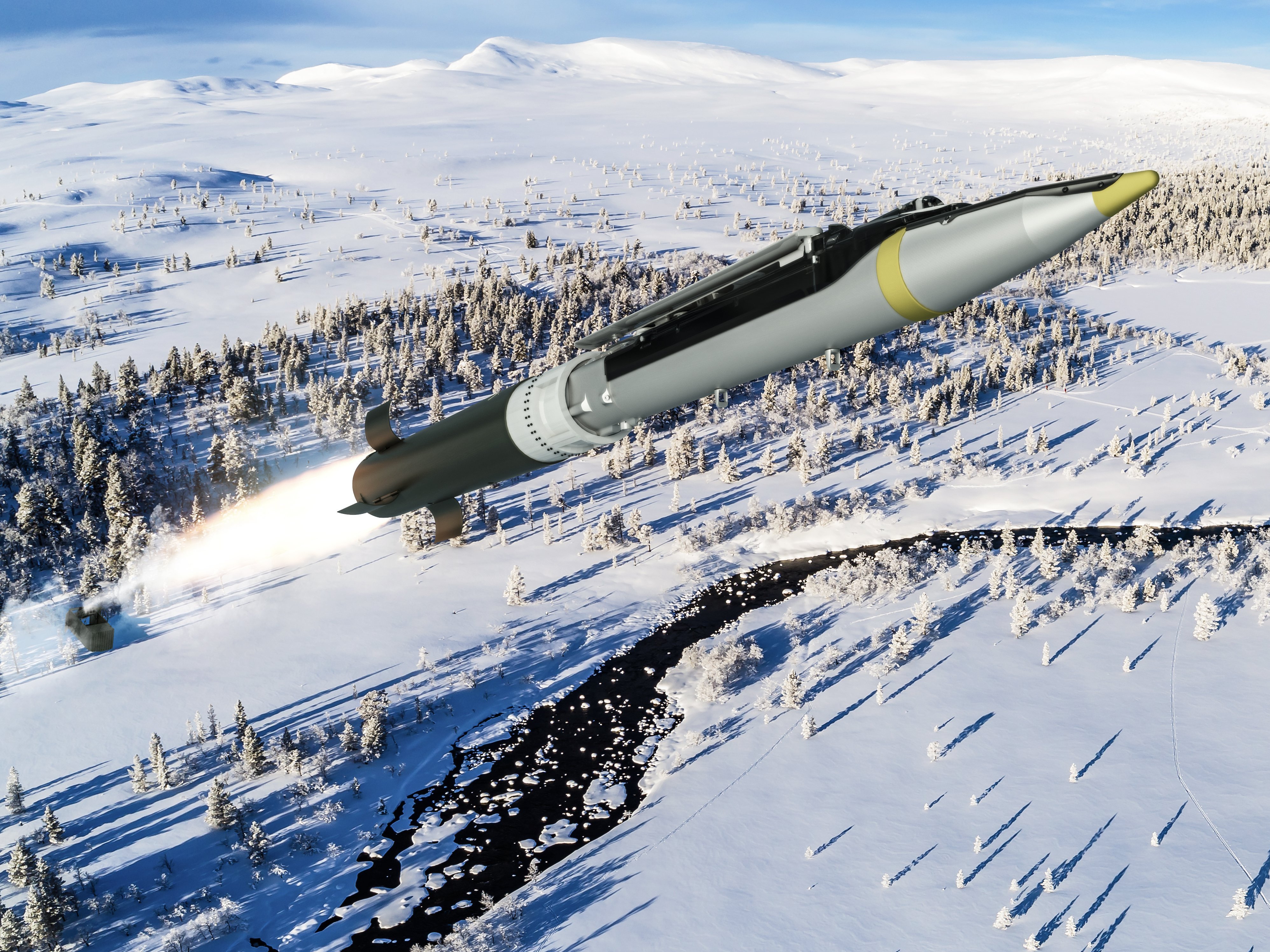
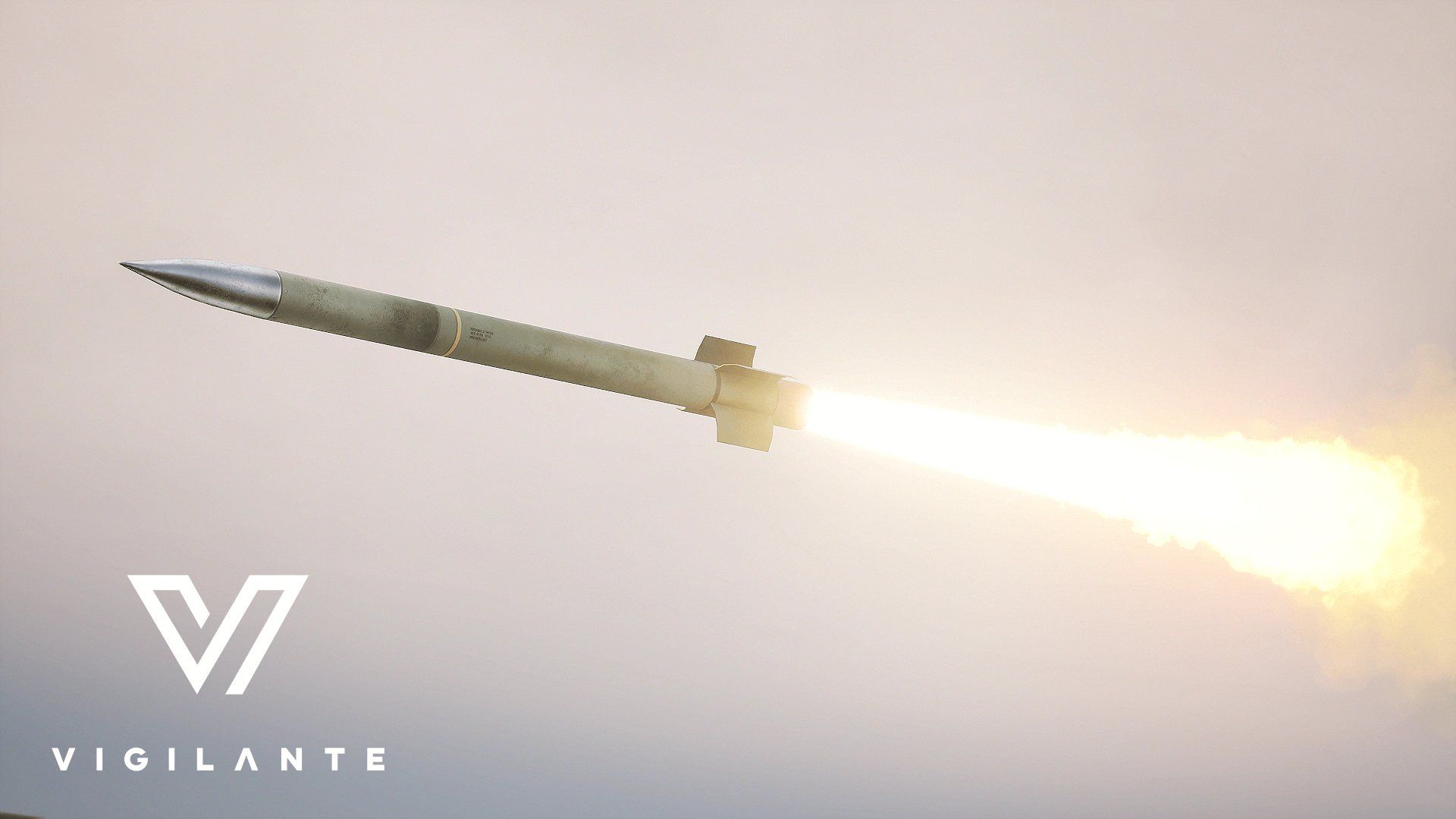
According to the SAAB website, the GLSDB is GPS controlled and can be used in all weather conditions, including against armored vehicles. The GBU-39, which will function as the GLSDB warhead, has small folding wings that allow it to glide over 100 km when dropped from aircraft and targets as small as 0.9 meters in diameter.
According to Mikhailov, it is not yet clear whether the White House will agree to such supplies or will again be afraid of the escalation of the conflict with Russia. It is also not clear whether GLSDB production can be increased in sufficient quantities and whether M26 missiles are still being produced, and if not, how many of them remain unused. If these issues are resolved, then with the help of new weapons, Ukraine will be able to hit important Russian logistics centers in the occupied territories that are inaccessible to GMLRS.
New strikes are expected on the west and center of Ukraine
As military expert Sergei Grabsky told The Insider, new strikes against the center and west of Ukraine are possible soon. He noted that most likely the Russians will continue to hit on the energy infrastructure, which they have not finished off, and on the railway.
“Today, tomorrow and the day after tomorrow they are waiting. Targets are marked in the center and west of Ukraine. But it's okay, today we have already tested the transfer of energy from Romania. They beat transformers, and their minimum production time is two months. Now transformers and generators are being transferred from the reserves of the allied countries. There may be complications, but they are mainly related to industry, business and transport, but the effect of this will not be strong. On the railways – mobile replacement teams with diesel locomotives have been created, which operate efficiently and minimize losses. The backlog for passenger trains is somewhere around 3-4 hours, for military ones more. Yes, these strikes have a serious impact, but it cannot be said that it will bring down the system.
They will continue shelling as their stocks are saturated with missiles. Here we are talking about terror, because the situation is put at the forefront when, according to their idea, the people should ask and demand to stop the war on any conditions. I followed the Chechen wars and in most cases there was no need to strike on the territory of Chechnya, and there was only one reason – terror against the civilian population, so as long as they have these missiles, this will all continue.
See also The Insider's military summary for November 24: "Russia is moving paratroopers to Donbass, there is evidence of a Russian retreat on the left bank of the Dnieper" .


